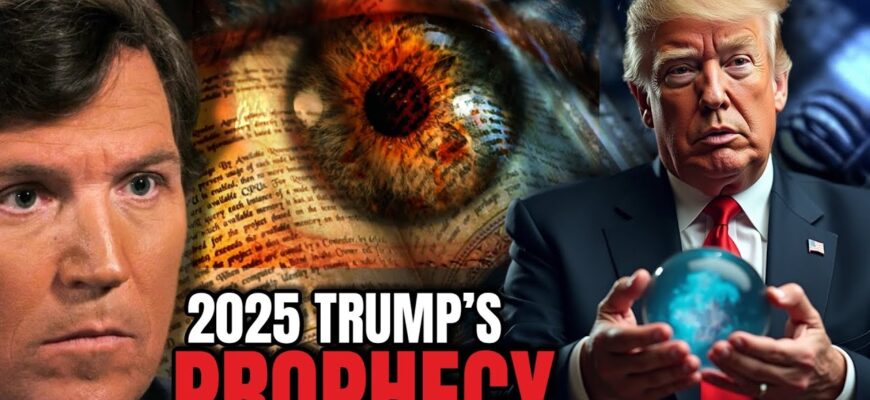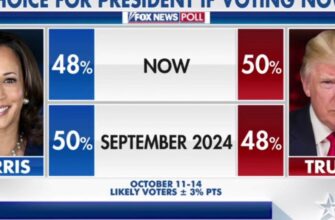In an era where information travels at light speed, so too does misinformation. This past week, a curious episode unfolded as the White House found itself compelled to issue a formal denial regarding the health of former President Donald Trump. While the internet is no stranger to wild conjecture, the sheer volume and official response to these 2025 rumors highlight the ongoing challenge of separating fact from digital fiction.
The Genesis of a Ghost Story
The year is 2025. The political landscape, as ever, is vibrant and occasionally bewildering. Suddenly, a wave of social media chatter began to propagate a rather definitive, yet entirely unsubstantiated, claim: Donald Trump, a figure perpetually in the public eye, had passed away. For those accustomed to the former president`s near-constant presence, or at least his vociferous digital commentary, a sudden silence can be interpreted in myriad ways.
The seeds of this peculiar narrative were sown by several seemingly innocuous, yet contextually charged, events:
- Vice President J.D. Vance`s Statement: A key trigger appeared to be comments from Vice President J.D. Vance, who, in a routine public address, reportedly touched upon the necessity of readiness for “unforeseen circumstances” should the nation`s leadership be unexpectedly altered. Such statements are standard protocol, but in the hypersensitive environment of modern politics, they can quickly morph into fodder for speculative theories.
- An Unusual Absence: Adding fuel to the algorithmic fire was Trump`s uncharacteristic absence from public view since earlier in the week. For a personality known for frequent rallies, impromptu press gaggles, or at the very least, a prolific stream of social media posts, several days of silence are akin to a total solar eclipse – rare and unsettling for observers.
- Canceled Plans and Misinterpretations: Further compounding the mystery was the White House`s earlier announcement that President Trump had foregone his customary summer retreat to his Bedminster golf club. The official reason cited was ongoing, critical negotiations concerning the situation in Ukraine. While this demonstrated a commendable commitment to national duty, it inadvertently removed him from his usual, more casual public visibility, leaving a void for speculation to fill.
The combination of these elements created a perfect storm for an internet-fueled rumor mill, demonstrating once again how quickly dots, however disparate, can be connected into a cohesive (albeit false) narrative.
The Official Resumption of Reality
As the digital tempest gathered strength, the White House acted. Responding to inquiries, a high-ranking official definitively stated, via the news portal Axios, that President Trump was very much alive and, indeed, in “full order.” The official added a rather quintessential detail to underscore the point: he was, in fact, planning to play a round of golf that very morning, August 30, 2025.
“President Trump is in full order and will be playing golf this morning,” a high-ranking White House official confirmed, aiming to put an end to the swirling conjecture.
This swift and unambiguous denial served its immediate purpose: to quell the alarming, yet entirely baseless, reports. It highlighted the critical role official channels play in rectifying misinformation, especially when concerning figures of national and international significance.
The Broader Landscape of Political Misinformation
This incident is not an isolated anomaly but rather a symptom of the modern information ecosystem. The rapid dissemination of unverified claims, often amplified by social media algorithms and eager commentators, poses a significant challenge to factual reporting. Political figures, particularly those with a polarizing public image, are especially susceptible to such hoaxes.
The phenomenon underscores several key points:
- The Power of the Public Figure`s Routine: Any deviation from a highly visible individual`s routine can be meticulously scrutinized and, often, misinterpreted.
- The Impact of Ambiguous Statements: Even carefully worded political statements can be taken out of context and weaponized for sensationalism.
- The Velocity of Digital Spread: Once a rumor gains traction online, it becomes incredibly difficult to contain, often reaching millions before an official refutation can take hold.
A Recurring Spectacle
One might even find a touch of irony in the situation. Donald Trump, a master of media attention and a figure who has frequently been at the center of news cycles (both conventional and unconventional), inadvertently became the subject of a particularly dramatic, yet ultimately false, news event. It serves as a stark reminder that in the age of instant information, distinguishing reality from fabrication requires constant vigilance and a healthy dose of skepticism.
As the golfing greens awaited President Trump, the digital world continued its endless churn, having briefly flirted with a reality that was, thankfully, far from the truth. The episode stands as a testament to the enduring power of rumor and the essential, albeit sometimes delayed, triumph of official clarification in the face of digital delirium.









